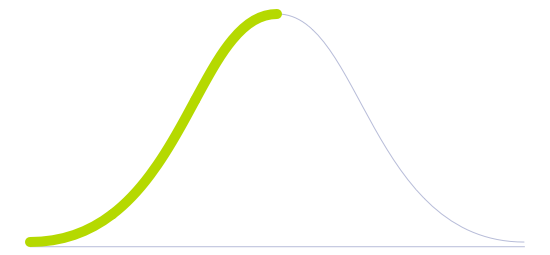Remote Earth Sensing

Technology Life Cycle
Sales growth slows as the market becomes saturated. The technology is well-established and competition peaks, leading to price drops and marginal improvements.

Technology Readiness Level (TRL)
Prototype is fully functional and ready for testing in industrially relevant environment.

Technology Diffusion
Adopts technologies once they are proven by Early Adopters. They prefer technologies that are well established and reliable.

Better land surveying implies more efficient use of said land. Modern technologies, such as polarimetric radar attached to planes and drones, can do a better job of mapping vaster and deeper portions of the surface thanks to their more accurate sensors, decreased costs, and smaller dimensions. They mainly consist of radar detecting equipment with active sensors that transmit electromagnetic energy and record the reflection from objects on the Earth's surface. These multifunctional devices could detect large-scale vegetation changes, monitor pollution, or perform topographic mapping while also providing recordings of temperature, light levels, and other climate statistics.
Until now, 3D-scanning has mainly been used to create functional maps of indoor spaces, with high-resolution 3D images of real-world environments, including spectrographic details in near real-time. Due to its highly effective accuracy, this technology could be capable of potentially identifying and assessing the health of a specific leaf in a given forest. This sensing technology could be used in the future for sophisticated monitoring projects such as real-time ecosystem biodiversity determination, though it may also have applications as rapid response and assessment tools in disaster zones or unexplored environments.
A few more basic sensors are already in use, such as simple RGB cameras to monitor crops or animals and infrared cameras that detect early onset symptoms of stress or diseases. In addition, this technology could be useful in identifying ocean contaminants; plastic pollution is a growing problem for the world’s oceans. Airborne remote sensing using infrared imagery could help locate ocean plastic pollution since plastics have a characteristic infrared signature, providing an intermediate step until satellite sensing and detection improves. Currently, there are still issues related to flight duration, and the Synthetic Aperture Radar (SAR) used can be subject to inference by cloud movements.
Future Perspectives
The application of this technology will ultimately provide farmers with a more accurate decision support system (DSS), where reliable data related to possible issues with crops (or livestock) would be shown to anticipate highly relevant information that would typically be manually detected by an agronomist or farmer. This market opportunity would provide the farmer with advice and turn this anticipated information and action plan into a binary system that could link to a mobile phone to give warnings about rust infections among soy crops, for example, as well as the countermeasures needed to deal with the threat. Also, this technology would be a significant opportunity to sell the DSS packaged together with a proprietary consulting/management system.
While useful for farming applications, the technology would also enable real-time visualization and monitoring of life support conditions in urban environments, aiding in data capture and decision-making for preserving the quality of life in future cities.
Image generated by Envisioning using Midjourney